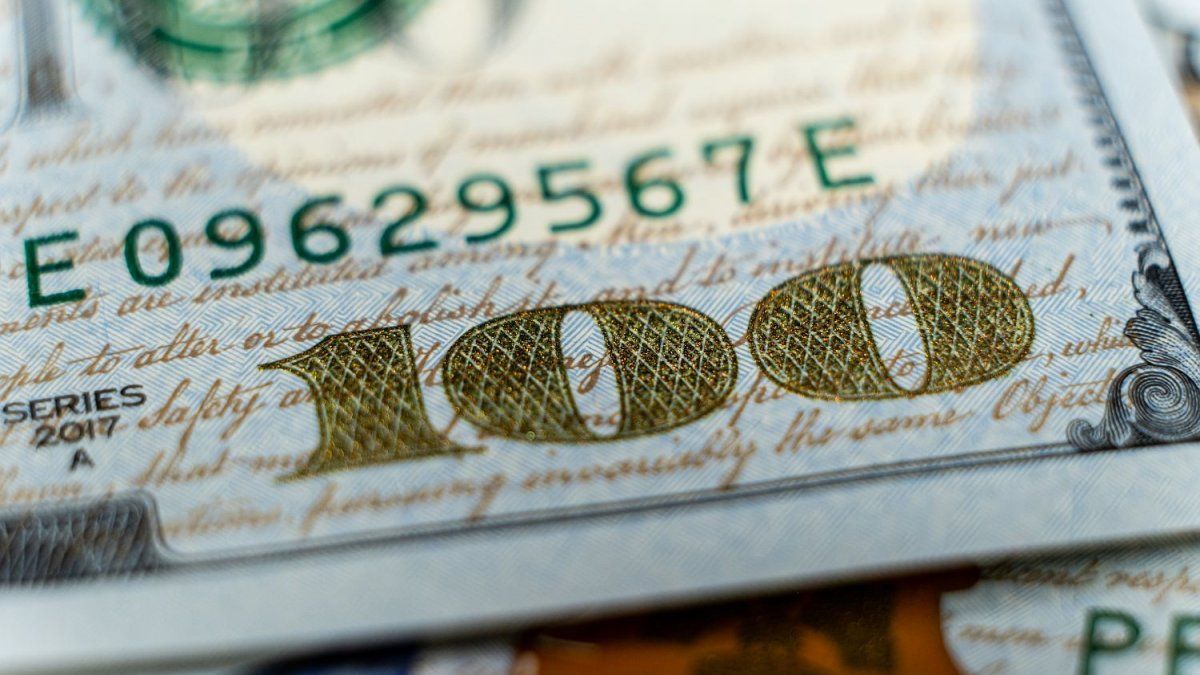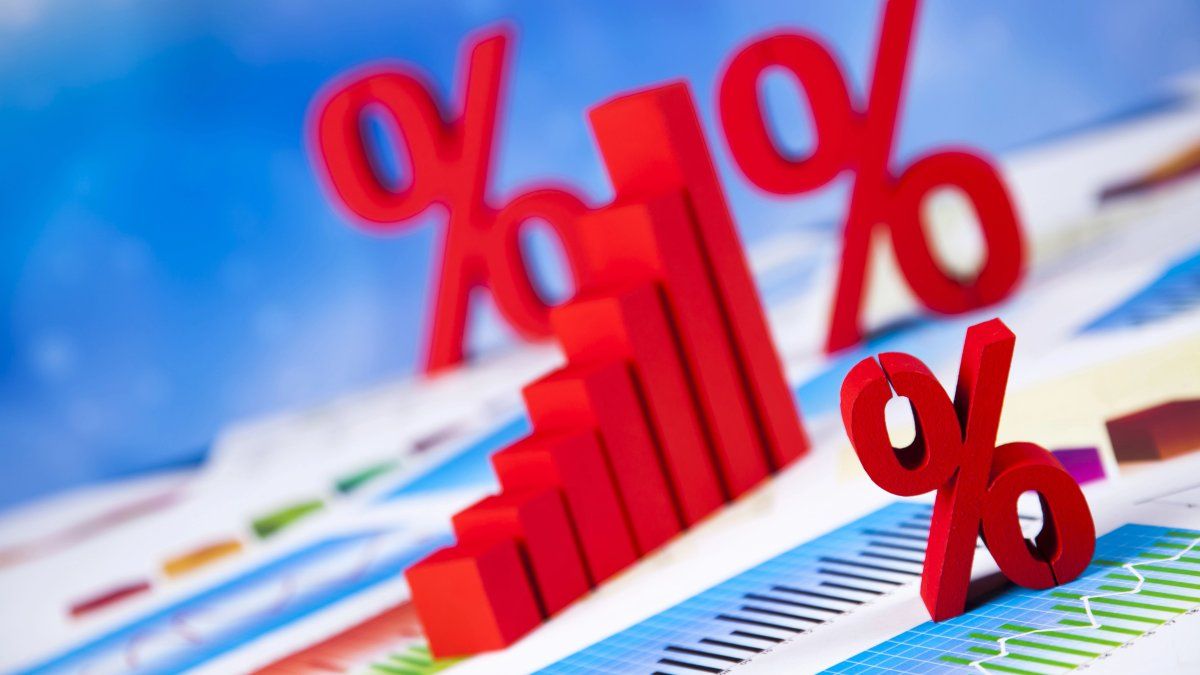The City is analyzing the possible effects of the reduction of the PAIS tax that the Government made effective this Monday and its impact on the blue dollar and financial institutions is one of the areas of concern.
The Government made official this Monday, through the publication of the corresponding decree, the reduction of the PAIS tax rate from 17.5% to 7.5% that the Minister of Economy, Luis Caputo, had announced for the dollars that are destined for the payment of imports and freight from abroad. The objective is for the measure to have an impact on prices, but it can also affect other variables of the economy, such as the price of blue and financial, for one greater demand for foreign currency for imports, although the fact that there are no changes for the savings dollar and the credit card lowers expectations in that regard.
The content you want to access is exclusive for subscribers.
For Gustavo Quintana, from PR Exchange Operators, “You have to look carefully at the fine print, but the fact that the dollar card and tourism expenses are not included in the reduction suggests that we will continue as we have been because these two exchange rates greatly limit the demand for the blue given that they are quoted higher.” This is what he said in a conversation with Scope.


In a similar sense, Eric Paniagua, from Epyca Consultants, indicates that, “if no changes are made in the purchase of official dollars for savings and payment of expenses abroad, in the short term, there would be no strong changes in the blue dollar and the financial ones as a consequence of the decrease in the PAIS Tax and They should be interpreted as markets other than the import dollar.“. Therefore, it is considered that, for the moment, they are independent quotes that would not have an arbitration between them.
The PAIS tax has been lowered: what’s next for the blue dollar?
In short, as summarized Analyst Elena Alonso“it is not expected that there will be any changes in the blue dollar and the financial markets in the short term,” but warns that “we can expect in the future, if the downward path in inflation is confirmed, a decrease in the parallel dollars, which are another variable of the economy.”
Meanwhile, with regard to reserves, another key variable for the dynamics of the greenback’s prices, Quintana points out that “the moratorium, tax deadlines and some of the money laundering” can help contain an expectation of devaluation in the future and counteract a greater demand for foreign currency for imports due to a drop in prices.
The same thing is pointed out Christian Buteler, economist and capital market expert, but he mentions, he mentions that “the reduction of the rate may imply a greater or lesser demand for parallel dollars“He believes that we will see a greater demand for foreign currency for imports, perhaps, but this will not imply strong changes in other exchange rates for the moment, in his view.
Reserves, the key for the dollar
In the meantime, The President of the Nation and the Minister of Economy say that the problem on the exchange front is the abundance of pesos and not the lack of dollarsBut, as economist Pablo Ferrari points out, “they are desperately seeking inflows of dollars through money laundering, the Large Investment Incentive Regime (RIGI), international organizations and private banks.”
In this regard, he warns that The dollar’s price will depend, as always, mainly on the amount of reserves.. And he warns that “the attempt to contain the exchange rate on parallel currencies with the effect of a fall in reserves (as a result of the intervention by the BCRA) is a vector that, if more dollars are not obtained, will increase the pressure on the exchange rate in the near future.”
Source: Ambito
I am a 24-year-old writer and journalist who has been working in the news industry for the past two years. I write primarily about market news, so if you’re looking for insights into what’s going on in the stock market or economic indicators, you’ve come to the right place. I also dabble in writing articles on lifestyle trends and pop culture news.




